DEEP GRACE, HEAVY DUTY...
Referring to the ancient tamarind tree in front of the Tay Son Temple, the old people in Kien My village often hum two folk songs: " Tamarind tree, well, communal house yard/Deep gratitude, heavy duty, our people still remember ", or " Old tamarind tree, old betel wharf/Even without affection, we still welcome you with all our hearts ".
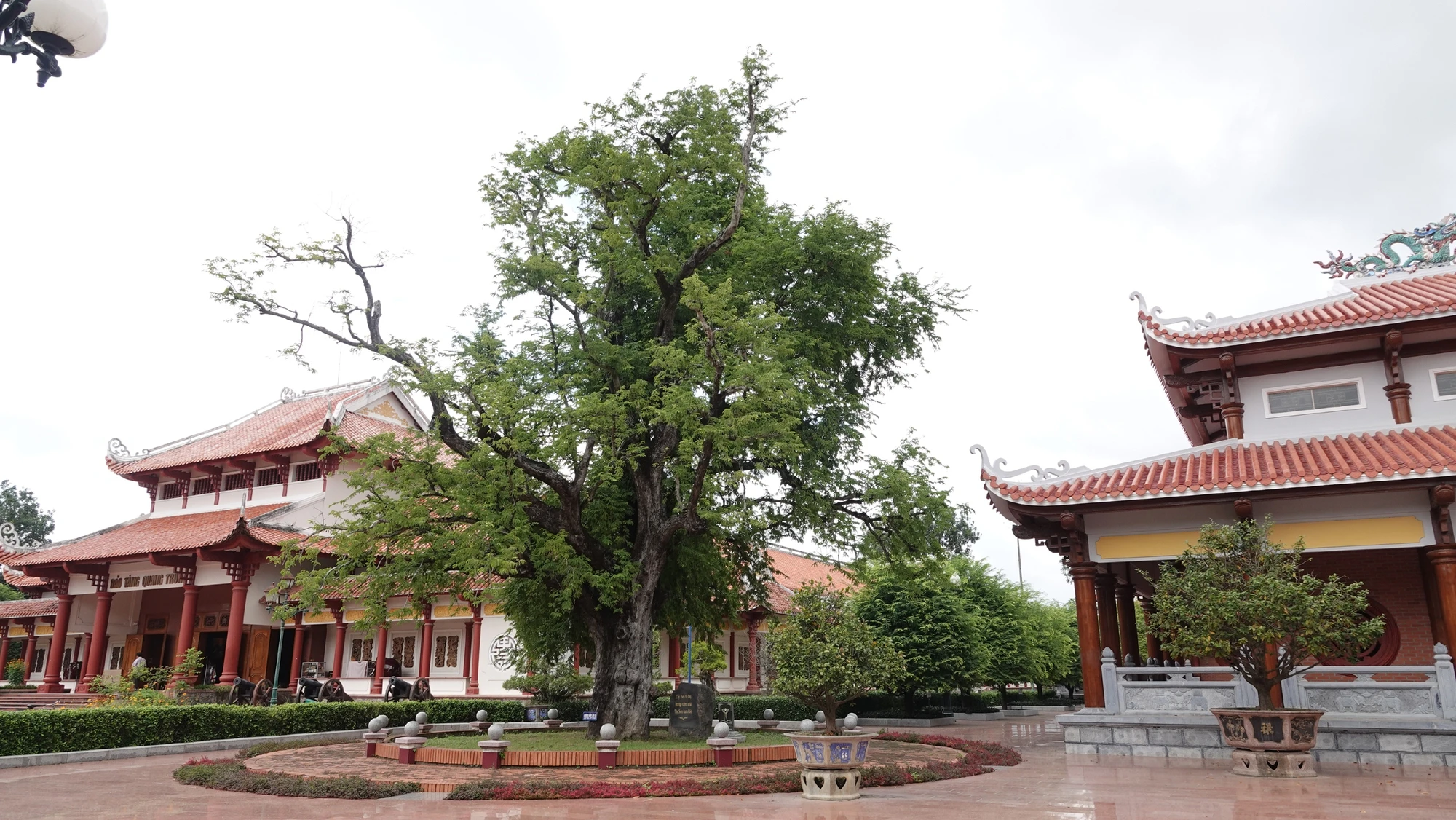
The ancient tamarind tree of Tay Son dynasty
Mr. Chau Kinh Tu, Director of Quang Trung Museum, said that the tamarind tree, well, communal house yard, and betel wharf in the two folk songs that have been passed down are all related to the legends of the three Tay Son brothers: Nguyen Nhac, Nguyen Hue, and Nguyen Lu.
According to documents of Quang Trung Museum, the ancestors of the 3 Tay Son brothers, Ho family members from Nghe An, were brought by Lord Nguyen to reclaim the highlands in the 17th century, naming the new land Tay Son hamlet (now An Khe town, Gia Lai ). In the generation of Mr. Ho Phi Phuc, he followed the betel trade on the Kon River and moved to live in his wife's hometown in Phu Lac village (now Binh Thanh commune, Tay Son district). Later, Mr. Phuc moved to settle in Kien My village, near Truong Trau wharf on the Kon River for the convenience of trading.
According to legend, in the yard of his house in Kien My village, Mr. Ho Phi Phuc planted a tamarind tree on the left and dug a well on the right. The brothers Nguyen Nhac, Nguyen Hue, and Nguyen Lu (whose mother's surname was taken) were born in this house. During their youth, the three brothers practiced martial arts under the tamarind tree every day, and when thirsty, they went to the well to draw water to drink...
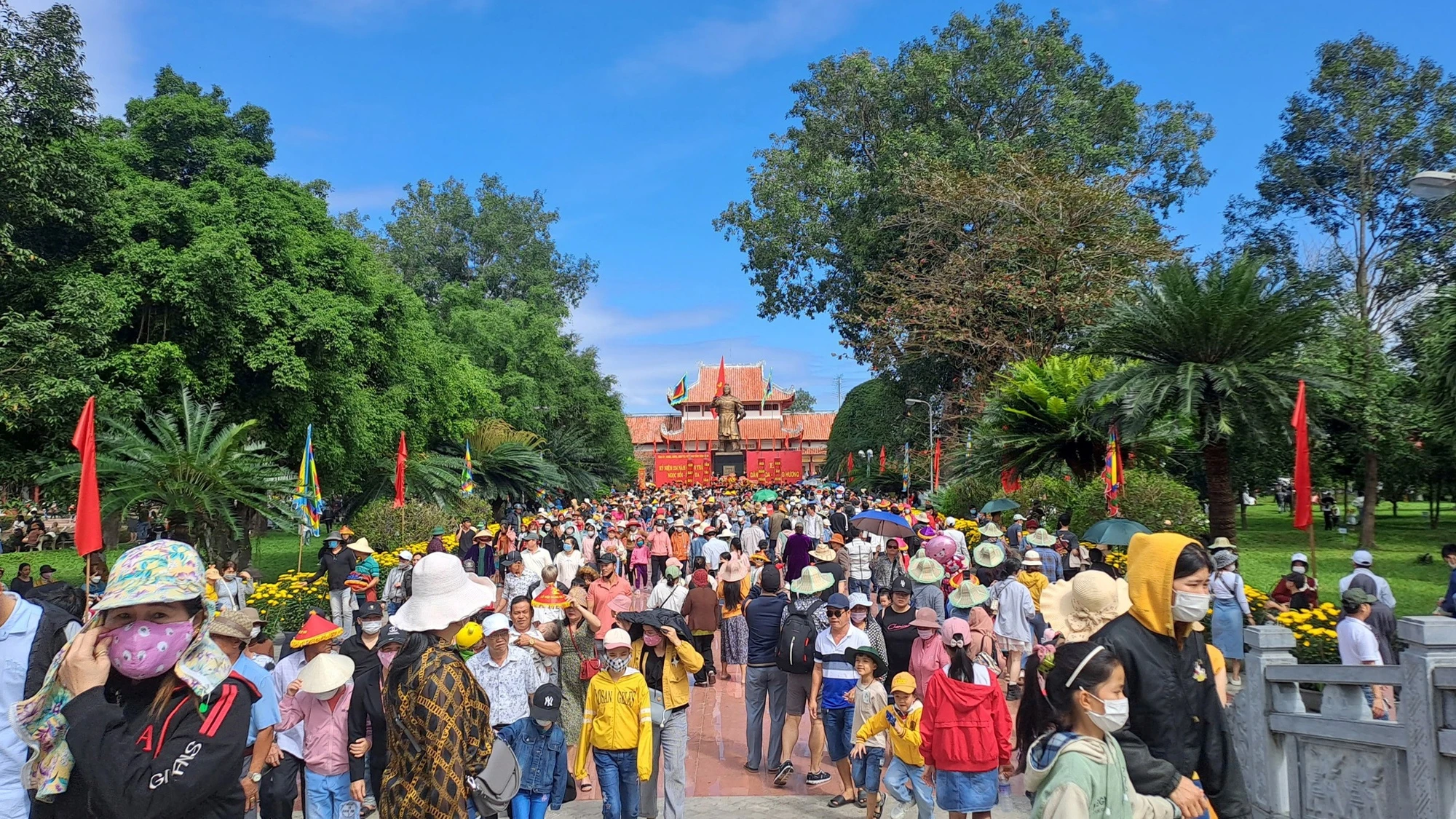
Thousands of people come to Quang Trung Museum on the occasion of Dong Da festival.
Growing up, the eldest brother Nguyen Nhac followed his father's career of selling betel along the Kon River, so he had the opportunity to make friends with many heroes in the region. The Truong Trau Wharf was a place where the Tay Son brothers met, interacted, and exchanged news with friends during the pre-uprising period. And under the tamarind tree, the Tay Son brothers and heroes discussed and planned to raise the flag of uprising...
According to Mr. Chau Kinh Tu, after the Tay Son dynasty fell, the Nguyen dynasty suppressed the followers of the Tay Son dynasty, destroying all the relics left by this dynasty. However, the people of Kien My still wholeheartedly worshiped the heroic Tay Son soldiers. In the third year of Minh Mang (1823), the villagers of Kien My contributed their labor and money to build a communal house on the old house of Mr. Ho Phi Phuc to secretly worship the three Tay Son brothers, called Kien My communal house. The tamarind tree and well in the Tay Son family garden are still cared for and protected by the people. Every year, on the 15th day of the 11th lunar month, during the Thuong Tan festival (New Rice Festival), the villagers organize a ceremony to honor the three Tay Son brothers, but usually only offer incense, flowers and a secret message, without a funeral oration.
During the resistance war against the French, Kien My communal house was burned down, and people built a small temple to worship the Tay Son brothers under a tamarind tree. In 1958, the people of Tay Son district contributed their labor and money to rebuild Kien My communal house right on the old foundation and named it Tay Son Temple. Since then, the worship of the Tay Son brothers and the celebration of the Dong Da Victory have been held publicly.
ETERNAL IN PEOPLE'S HEARTS
According to Mr. Nguyen Dong Chi (80 years old, in Kien My village), Deputy Head of Kien My Village Ritual Committee, the tamarind tree and well in Mr. Ho Phi Phuc's garden have entered the people's consciousness with deep gratitude to the Tay Son dynasty. When Kien My communal house was first established, the villagers established a ritual committee to take care of the worship of the Tay Son dynasty. The chief worshiper and deputy chief worshiper of the ritual committee were selected by the Kien My village elders from among educated and virtuous people to represent the people in worshiping at the communal house.
"During the war, the people of Kien My came to the tamarind tree to avoid bombs and bullets, praying for the protection of the Tay Son heroes. Everyone was safe, no soldiers pointed their guns at the shrine area. In addition to its perennial value, the tamarind tree in the Tay Son family garden also has cultural and historical significance, considered a symbol of the vitality and longevity of the Tay Son peasant movement in the hearts of the people," said Mr. Chi.
Mr. Chau Kinh Tu said that the Tay Son Temple was recognized as a special national relic by the Prime Minister in 2014. In 2011, the tamarind tree in front of the Tay Son Temple was recognized as a Vietnam Heritage Tree by the Vietnam Association for Conservation of Nature and Environment. The tamarind tree is currently about 28 m high, with a trunk diameter of 1.2 m. In the Quang Trung Museum, there are many other tamarind trees that were propagated from this ancient tamarind tree. Every year, the Quang Trung Museum trims dry branches, fertilizes, treats pests, and trims fruit to prevent the tree from becoming exhausted. Up to now, the ancient tamarind tree is still luxuriant with leaves and branches, and bears heavy fruit in season.
Every year, on the 4th and 5th of the Lunar New Year, thousands of people from Binh Dinh, Gia Lai, Phu Yen provinces... gather at Quang Trung Museum to celebrate the Dong Da victory. After offering incense in the Tay Son Temple, many people come to drink water from the Tay Son well and sit under the ancient tamarind tree to reflect on the past year, making plans for the new year with the hope of peace, health, and abundant wealth... ( continued )
Source link


![[Photo] Anh Hoang - Dinh Duc successfully defended the men's doubles championship of the National Table Tennis Championship of Nhan Dan Newspaper](https://vphoto.vietnam.vn/thumb/1200x675/vietnam/resource/IMAGE/2025/5/23/d6ab3bcac02c49928b38c729d795cac6)




![[Photo] Top players gather at the 2025 Nhan Dan Newspaper National Table Tennis Championship](https://vphoto.vietnam.vn/thumb/1200x675/vietnam/resource/IMAGE/2025/5/23/9ad5f6f4faf146b08335e5c446edb107)







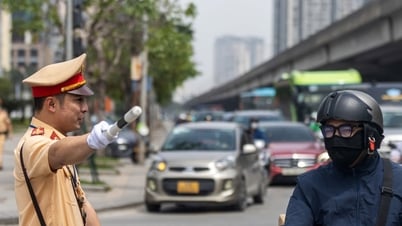






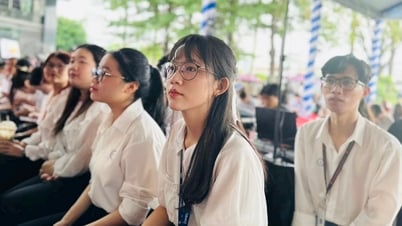



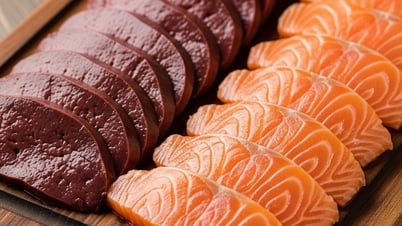
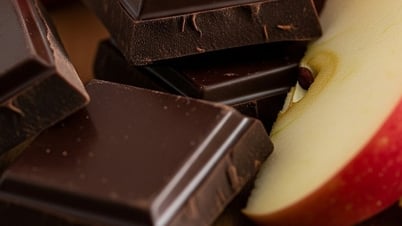













































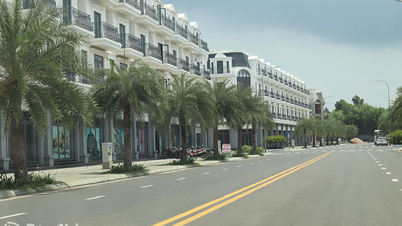

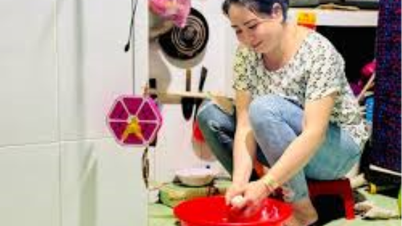

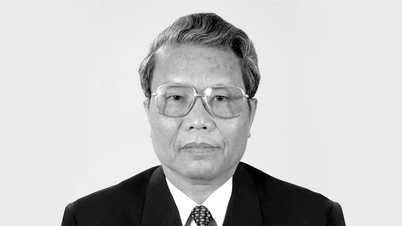

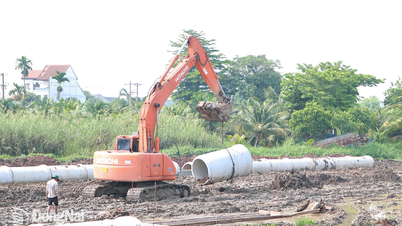














Comment (0)